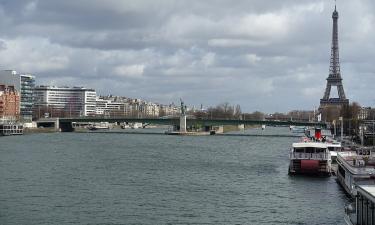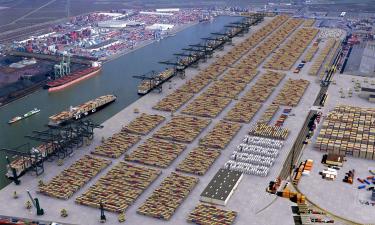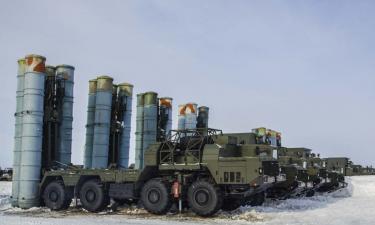2009's Hurricane Rick Looks Like Imminence
Hurricane Rick threatens the residents of Mexican and American resorts.

At 11 p.m. EDT (0300 GMT) Rick was about 410 miles (660 km) south of the resort of Cabo San Lucas, moving toward the northwest at 13 mph (20 kmh). Its maximum sustained winds had slipped to 145 mph (230 kmh) by the time it was downgraded from category five -- the most powerful on the Saffir-Simpson Hurricane Scale -- to category four.
The U.S. National Hurricane Center said additional weakening is forecast during the next two days but Rick still is expected to be a dangerous hurricane as it approaches Baja California.
The center said a hurricane watch may be required for parts of the peninsula early on Monday and it was expected to hit Baja California resorts by mid-week.
Rick is the seventh hurricane of the eastern north Pacific season. Pacific storms pose no threat to Mexico's large oil industry in the Gulf of Mexico but the Baja California peninsula is popular with U.S. tourists for its resorts in the Los Cabos area.
The name Rick has been used for three tropical cyclones in the Eastern Pacific Ocean and one tropical cyclone in the Western Pacific.
The hurricane name "Rick" is used on the six-year lists in the Eastern Pacific:
Rick was unused in 1979, 1991, and 2003.
1985's Hurricane Rick - Strong Category 4 hurricane that wasn't a threat to land.
1997's Hurricane Rick - Weak Category 2 that made landfall in Mexico, doing minimal damage, despite making landfall in the same area as Hurricane Pauline had earlier in the year.
2009's Hurricane Rick - Powerful Category 4, the first in the Eastern Pacific since 2002's Kenna, and the second most intense storm recorded in the basin with 180 mph winds and a pressure of 906 mbar, behind 1997's Linda.
Reuters contributed to the report.
Subscribe to Pravda.Ru Telegram channel, Facebook, RSS!





